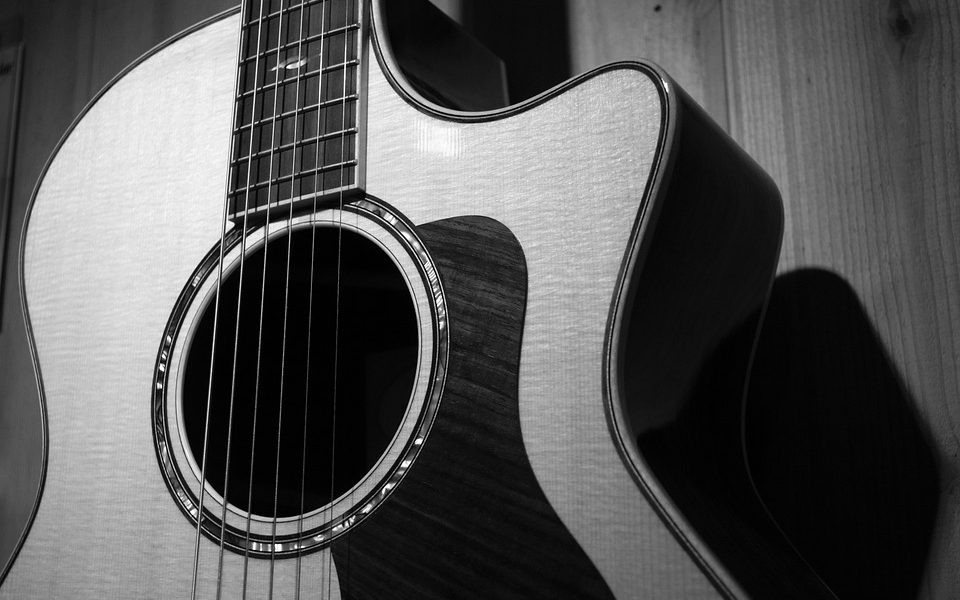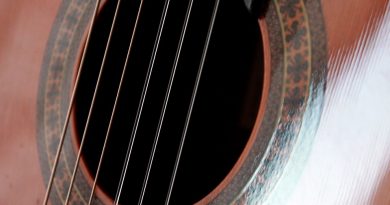Mastering Guitar Chords: A Comprehensive Guide to Using Chord Charts
Mastering Guitar Chords: A Comprehensive Guide to Using Chord Charts
For any guitarist, mastering chords is an essential skill that can take your playing to the next level. Chord charts are a valuable tool that can help you quickly learn and master new chords, as well as improve your chord transitions and overall playing skills. In this comprehensive guide, we will explore everything you need to know about using chord charts to enhance your guitar playing.
Understanding Chord Charts
Chord charts are graphical representations of chords that show you where to place your fingers on the fretboard in order to play a specific chord. They consist of a grid that represents the fretboard, with dots or numbers indicating where to place your fingers to form the chord shape. Chord charts also include the name of the chord, as well as information on which strings to strum and which ones to avoid.
Guitarists use chord charts to quickly learn new chords, as well as to reference chords while playing songs. By understanding how to read and interpret chord charts, you can easily expand your chord vocabulary and improve your playing skills.
Types of Chords
There are three main types of chords that you will encounter in chord charts: major chords, minor chords, and dominant chords. Major chords are often used in pop and rock music and have a bright and happy sound. Minor chords are more somber and melancholic, and are commonly used in jazz and blues music. Dominant chords are a variation of major chords that have a more bluesy and dominant sound.
In addition to these basic chord types, there are also extended chords, suspended chords, and augmented chords, among others. By mastering different types of chords, you can create more interesting and dynamic chord progressions in your playing.
Using Chord Charts Effectively
When using chord charts to learn new chords, it is important to pay attention to the chord shapes and fingerings indicated on the chart. Take the time to practice forming the chord shape and transitioning between chords until you can play them smoothly and effortlessly. Start by practicing each chord individually, then gradually incorporate them into chord progressions and songs.
It is also helpful to memorize common chord shapes and progressions, as this will make it easier to play songs without constantly referring to chord charts. By internalizing chord shapes and progressions, you can focus more on your playing and expressiveness, rather than struggling to remember chords.
Improving Your Chord Transitions
One of the biggest challenges for guitarists is transitioning between chords quickly and smoothly. Using chord charts can help you improve your chord transitions by providing visual guidance on where to place your fingers for each chord. Practice transitioning between chords slowly at first, focusing on accuracy and finger placement.
Once you are comfortable with the individual chord shapes, gradually increase your speed and work on transitioning between chords in different combinations. Use a metronome to practice chord transitions at different tempos, and challenge yourself to play complex chord progressions with ease.
Tips for Mastering Guitar Chords
Here are some additional tips to help you master guitar chords using chord charts:
1. Practice regularly: Consistent practice is essential for improving your chord skills. Set aside time each day to practice chords and chord progressions, and track your progress over time.
2. Experiment with different voicings: Experiment with different fingerings and voicings for the same chord to create more interesting and unique sound combinations.
3. Play along with songs: Play along with your favorite songs to practice applying chords in a musical context and improve your timing and rhythm.
4. Seek feedback: Ask for feedback from other guitarists or instructors to identify areas for improvement and get tips on how to enhance your playing.
By following these tips and using chord charts effectively, you can master guitar chords and take your playing to new heights. Remember to practice regularly, experiment with different chord voicings, and play along with songs to improve your chord skills and overall playing ability. With dedication and perseverance, you can become a master of guitar chords and enhance your musical expression and creativity.






